In response to the coronavirus (COVID-19) pandemic, many states have made it mandatory to wear a face mask in public. And, while wearing a mask might be a minor inconvenience for most people, it can cause anxiety, fear, discomfort and frustration in a child with autism spectrum disorder.
Here are a few tips to help you introduce a face mask to your child with autism and to help him or her become comfortable wearing one.
- Think about your child’s sensory issues when purchasing a mask. For example, if your child is already annoyed by seams in socks or tags in t-shirts then make sure their mask doesn’t have those.
- Try using an adjustable mask. Adjustable straps are great for getting masks in the exact right spot. Try to get ones with a soft slider rather than a hard plastic slider.
- Do not start mask wearing the moment you need your child to wear a mask. It’s better to introduce the mask at a time when your kid can wear it around the house and get used to it rather than when you’re rushing out the door for a doctor’s appointment.
- Start mask wearing while your kid is doing a fun, calming activity. Being able to focus on something they enjoy will help your child forget about the mask. It’s okay for this activity to be screen time, as long as it allows them to practice having the mask on.
- Start small – the first time only has to be 5 minutes. After wearing a mask successfully for a short period of time, you can gradually work your way up to more.
- Start with a mask that’s soft, comfortable, adjustable and easy to put on. If this means forgoing the antimicrobial masks with filters, that’s fine – research shows that some masking is better than none. Once your child gets comfortable wearing the soft mask you can try a heavy-duty one with filters and thicker material.
- Try masks with fun characters and themes. Having a favorite cartoon character on their mask can help get your child on board with mask wearing.
As with all new things, it will take your child some time to adjust to wearing a mask. But with practice and patience, most children can get used to wearing a mask.
 https://riseandshine.childrensnational.org/wp-content/uploads/2020/11/person-being-vaccinated-feature.png
300
400
Rise and Shine
https://riseandshine.childrensnational.org/wp-content/uploads/2017/11/childrens_riseandshine_logo.jpg
Rise and Shine2025-11-03 07:00:242025-11-03 12:18:05Answers to your questions about the COVID-19 vaccine and booster for children
https://riseandshine.childrensnational.org/wp-content/uploads/2020/11/person-being-vaccinated-feature.png
300
400
Rise and Shine
https://riseandshine.childrensnational.org/wp-content/uploads/2017/11/childrens_riseandshine_logo.jpg
Rise and Shine2025-11-03 07:00:242025-11-03 12:18:05Answers to your questions about the COVID-19 vaccine and booster for children



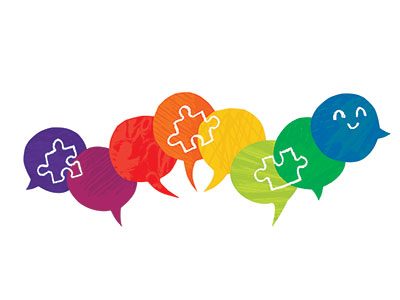
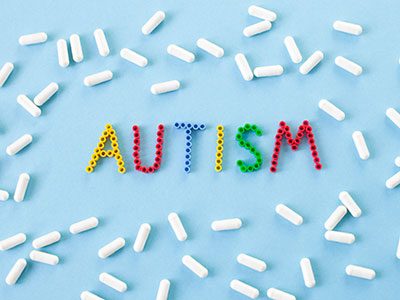



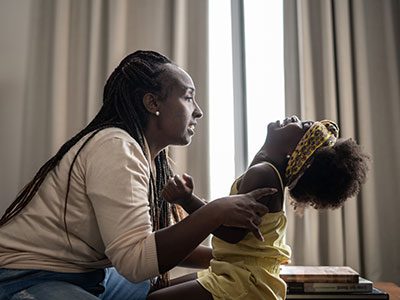


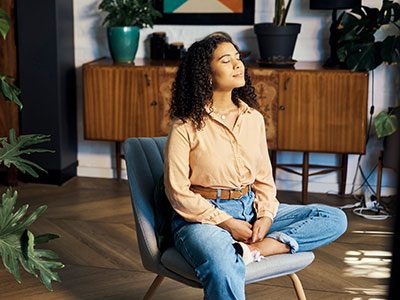
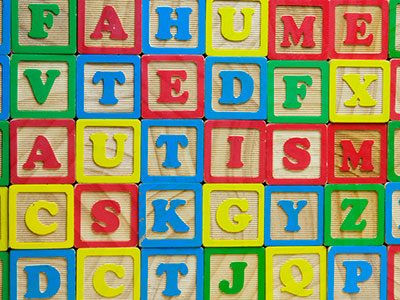

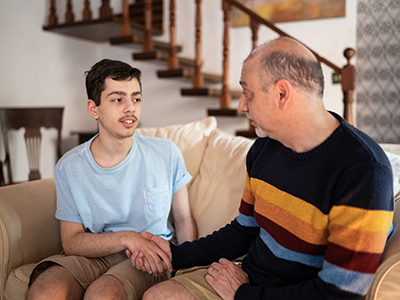


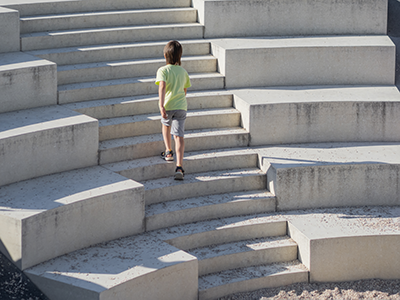
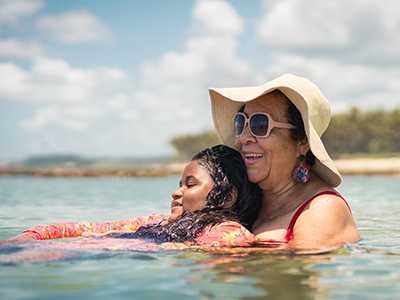

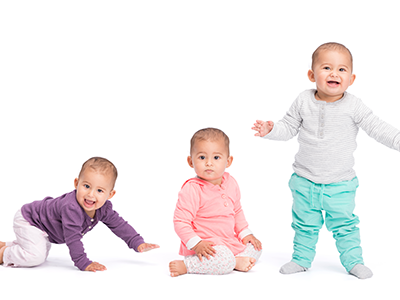
Leave a Comment
Want to join the discussion?Feel free to contribute!